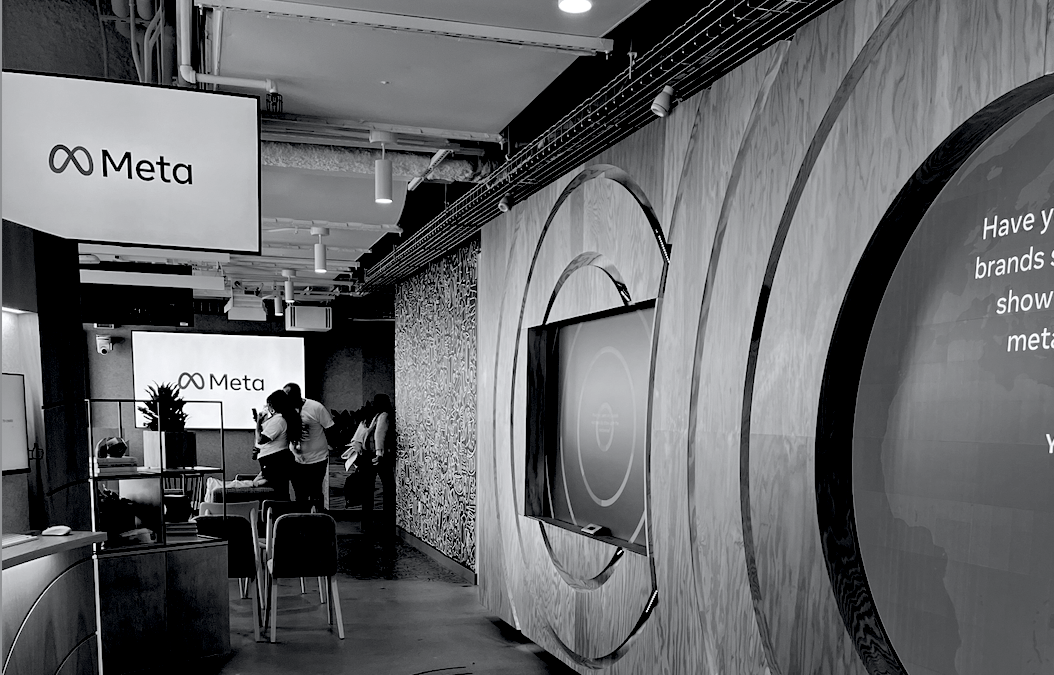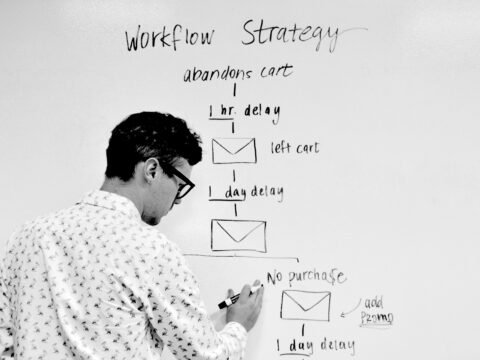
2 things you need to do before running paid advertising
January 11, 2021
How to choose, implement, and utilize a marketing automation platform for your business
January 9, 2024I attended Meta’s Small Business Summit at the end of October among many small business owners and agencies focusing on SMB’s. The pain points were the same across the board, mainly that Facebook (and Instagram) ads are consistently losing their effectiveness.
The limitations on data collection and usage being the major contributor to this issue, prevents advertisers from being able to target the way they did before and report on the impact that Facebook campaigns have on sales beyond a 7 day window.
Facebook’s product team did not deny that things related to data will only get worse and they offered some solutions to mitigate the apparent loss in Facebook ad effectiveness. They went into 5 tactics to improve ad results. Skip to #4 and 5 for the debatable ones.
- Implement conversions API
This is a way for Facebook to rely less on 3rd party cookies and play defense against the restrictions on data collection and usage. If you are reliant on Facebook advertising this is something that you should implement to retrieve some of those data losses that are getting in the way of your campaigns optimizing properly. From Meta: The Conversions API creates a connection between an advertiser’s marketing data and the Meta systems that optimize ad targeting, decrease cost per action and measure results. Here are some options on how you can do that for your ads account.
- Ad testing
This one is probably an obvious one and part of most optimization plans for Facebook campaigns. The one take away that made most sense was to make sure you are A/B splitting a campaign versus running two separate campaigns in parallel. Splitting the campaign ensures that you are not competing against your own campaigns. If you run parallel campaigns you don’t know if users are seeing the ad once, or multiple times, or if they are seeing both versions and in what order. Therefore the results may not be as solid in parallel campaigns as those of an A/B split.
- Mobile-friendly video
Video has been huge for a while now. Try video in your ads. That doesn’t mean you have to have some high budget production. Simply animating your graphic might give you a nice lift because eyeballs are drawn to motion. Of course if you have the means to make engaging video ad content, that’s even better. It will likely give you much better results than a static graphic/text ad.
- Simplify your ad sets
The idea is to consolidate ad sets and campaigns for improved efficiency. Mainly, the argument is to do this so you don’t compete against your own campaigns. This will likely produce better results in the short run but in the long run your results will likely be just slightly better than the average of the ad sets you combined. However, you will also lose the ability to turn off the underperforming ad set and only run the better performing one. If you would still like to take Meta’s recommendation and give this a try, the best place to start is to check your campaigns for audience overlap and decide if ad sets can be combined and budgets consolidated. You can either create a new ad set with the combined elements and turn off the old ad sets, or combine the ad sets into an existing one and turn off the other one.
- Broad targeting
Broad targeting is related to simplifying ad sets, specifically in terms of audience. Meta is recommending switching campaigns to broader audiences (between 1 million and 10 million), claiming that it will yield lower cost per result. Yes, broader audiences are cheaper than narrow audiences, but they are also less effective. Meta asserts that their algorithm will find the best people to show your ad to, but the fact is that they are losing the ability to offer targeting and they need to spin this into a strategy, thus broad targeting is now a ‘best practice’.
I see targeting options as your dashboard controls. With narrower targeting you are using the knowledge of your product and customer base to decide how your advertising budget is spent and who you want to see your ads. It’s a more educated and calculated approach from the advertiser’s side. When you switch to broad targeting you are relinquishing all of that control and letting Facebook make the decisions for you. In their defense, Facebook has an interest in their advertiser’s success because they want them to continue advertising on the platform. However, they have a lot of other interests, and algorithms can change overnight leaving you starting over. So I say this might work for some, but it’s not for everyone and it’s not ideal for the long term.
TLDNR
Meta’s Small Business Performance Summit last month was a nice way to meet other advertisers and talk about the recent campaign performance downturn related to data. Meta’s responses to diminishing results are, for the most part, easily accepted like: conversion API, testing and video. But the two ‘best practices’ that pivot strategy to cast a wide net, may not benefit all advertisers equally in the long run. Sure, simplifying requires less maintenance, but proceed with caution, as this approach takes away a lot of the control over campaigns from the advertiser.
If any or all of this is not something you have the time to figure out for your business, let us help. Contact us for a free consultation so we can come up with the best strategy forward for your business.




